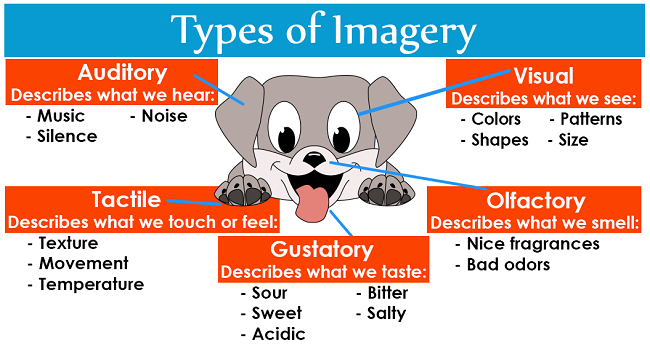

While this device is the same for both poetry and prose, you might notice that imagery in poetry is more economic-it relies on fewer words. What is imagery in poetry? Is it any different than in prose? Great imagery examples set the stage for great storytelling, goading the reader into the world of the work.įor a more in-depth answer on “why do authors use imagery?”, check out our article on Show, Don’t Tell Writing. Imagery in literature performs the same function: it highlights the most important sensory information that the reader needs to step inside the story. You might be ignoring the sounds of your neighbors and passing street cars, or the taste of a meal you just had, or the feeling of your chair pressing into your body. There are many different sensory experiences vying for your attention, but your brain filters those senses out because they’re not important. Consider where you are right now, as you’re reading this article. Moreover, this device highlights the most important sensory descriptions. It allows the reader to see, smell, hear, taste, and feel everything that happens in the story. Think of imagery as a doorway into the world of the text.

Auditory imagery in sport example full#
Here’s a much more interesting description of that yellow wallpaper, from Charlotte Perkins Gilman’s “ The Yellow Wallpaper”:īrowse our full course calendar » Why do Authors Use Imagery?Īuthors use imagery to do what Charlotte Perkins Gilman does in “The Yellow Paper”: to create rich, livable experiences using only the senses. Is the wallpaper bright and cheerful? Does it lift your mood, or darken it? I could tell you that “the wallpaper is yellow,” and yes, that counts as visual imagery, but it’s hardly describing the experience of that wallpaper. Of course, good imagery examples are not merely descriptive.
Auditory imagery in sport example how to#
However, internal experiences and emotions also count, and later in this article, we dive into how to properly write organic imagery. Imagery definition: language that stimulates the reader’s senses.įor the most part, imagery in literature focuses on concrete senses-things you can physically experience.

By evoking those senses through touch, taste, sound, smell, and sight, the writer imparts a deeper understanding of the human experience, connecting with the reader through a shared sensory experience. Imagery refers to language that stimulates the reader’s senses. Kinesthetic Imagery and Organic Imagery.


 0 kommentar(er)
0 kommentar(er)
